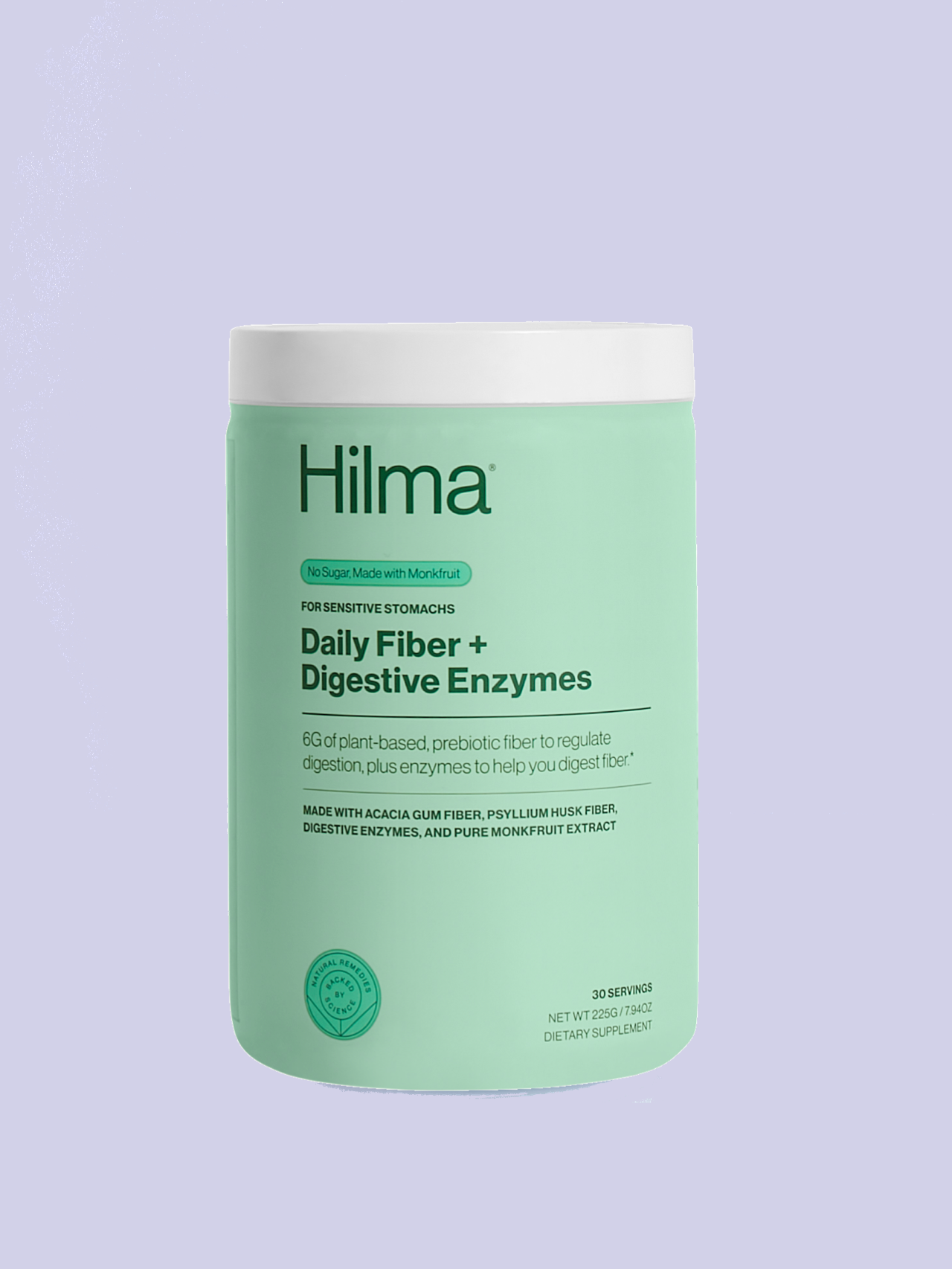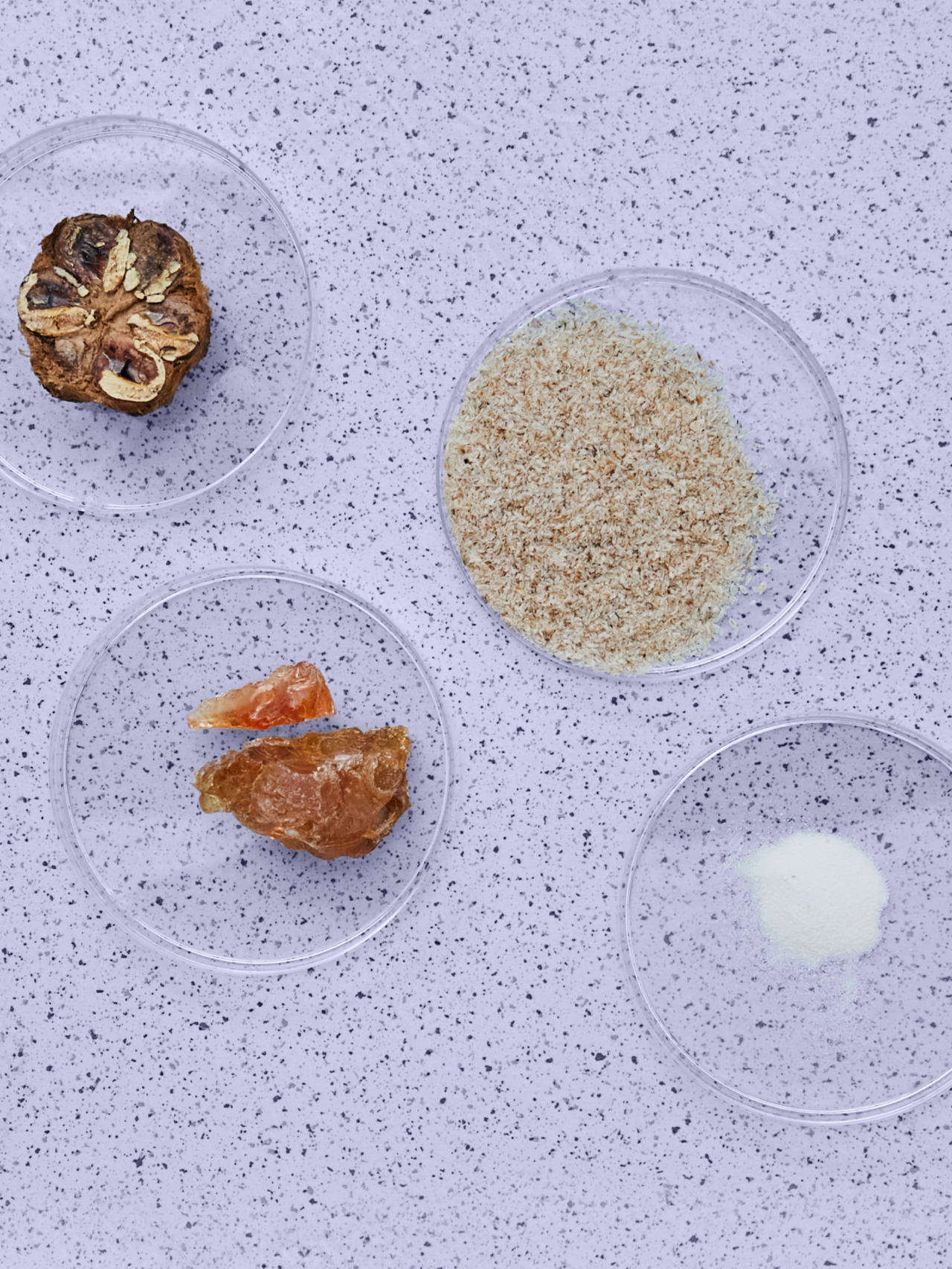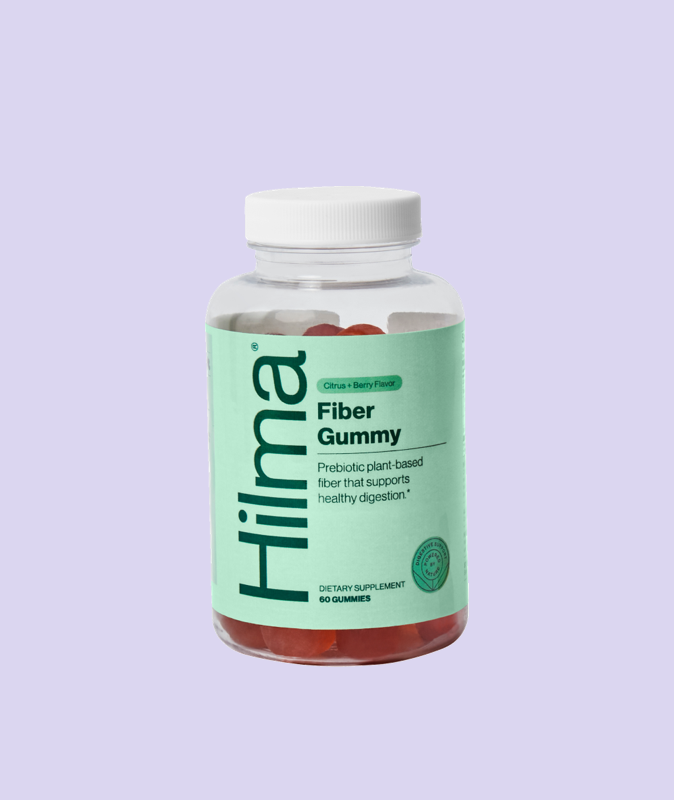
First, it was diet soda. Then came the seltzer boom. Now, a new player has taken over the beverage aisle… prebiotic sodas.
They promise a bubbly experience and a gut health boost. With branding that looks like it belongs on your Instagram grid and flavor names like “Strawberry Rose” or “Ginger Lime,” it’s no surprise the market is exploding. But beyond the cute cans and catchy wellness buzzwords... are they actually good for you?
Let’s break it down.
The Rise of the Healthier Soda Alternative
We’ve seen a serious shift in consumer behavior over the past decade. As more people ditch sugar, artificial sweeteners, and corn syrup-laden sodas, the demand for low-sugar, gut-friendly alternatives has skyrocketed.
At first, this meant flavored sparkling water. Then came kombucha, with its tangy flavor and reputation for probiotics (though, let’s be real, most supermarket kombuchas are more sugar bomb than microbiome miracle).
Enter the prebiotic soda. A fizzy, sweet-tasting drink that claims to feed your gut bacteria instead of destroying it. It’s tempting to look at these drinks as the ultimate swap - tastes like soda, supports gut health, low in sugar. But the truth? As always, it’s a little more nuanced.
Let’s Talk About Prebiotics: What They Actually Are
Prebiotics are types of non-digestible fiber compounds that pass through the upper part of the gastrointestinal tract and stimulate the growth of beneficial bacteria in the colon.
Common ones you’ll see on labels include:
-
Inulin
-
Chicory root fiber
-
Acacia fiber
-
Galacto-oligosaccharides (GOS)
-
Fructo-oligosaccharides (FOS)
These are great for your gut, your immune system, even your mental health (thank you, gut-brain axis). But here’s the catch:
Most prebiotic sodas don’t actually contain enough prebiotic fiber to make a meaningful difference.
We’re talking 2–5g per can, often less. Helpful? Sure. Life-changing? Probably not. Especially when many people need 25–35g of fiber per day.
So no, you don’t need to force yourself to drink one daily for your microbiome to thrive. But that doesn’t mean they don’t serve a purpose.
Soda Swaps Can Be Revolutionary
Here’s where things get interesting: for someone who’s used to drinking a can (or three) of Coke per day, swapping in a prebiotic soda can feel and be life-changing.
You’re not just cutting sugar - you’re sidestepping phosphoric acid, artificial dyes, and preservatives. And in its place, you’re getting a lightly sweet, slightly fizzy, functional alternative that feels like a treat... without trashing your blood sugar or microbiome.
For people transitioning off soda or alcohol, this can be an empowering gateway into better habits.
But like any “healthy” product, it’s a double-edged sword.
The Gateway Problem: From Gut Support to Sugar Cravings?
Because prebiotic sodas are marketed as good-for-you and taste like classic soda flavors (think: root beer, cola, lemon-lime), they can also serve as a gateway back to soda.
For some people, it lights up the same reward centers in the brain, and can reignite cravings for more sweetness or carbonated soft drinks. Especially if you’re already hooked on sugar or struggling with insulin resistance.
That’s not a reason to avoid them altogether. But it’s worth checking in with your intention. If you find yourself drinking three prebiotic sodas a day and still craving Diet Dr. Pepper, it might be time to reassess.
A Gut-Friendly Alcohol Alternative? Yes, Please.
One of our favorite ways to enjoy these drinks? As a cocktail replacement.
Let’s not sugarcoat it… alcohol is a major gut disruptor. It increases intestinal permeability (“leaky gut”), depletes beneficial bacteria, impairs detox pathways, and ramps up inflammation. The occasional glass of wine or cocktail isn’t the enemy, but if you’re on a gut healing protocol, skipping the booze is one of the most beneficial power moves you can make.
A fizzy, cold prebiotic soda with fresh lime, mint, or muddled berries? That hits the ritual and the reward systems, without sabotaging your gut lining.
But Let’s Talk Ingredients—Because Not All Sodas Are Created Equal
If you’re choosing a prebiotic soda for health reasons, what’s in the can matters just as much as what’s not.
Here’s what to look for:
What You Do Want?
-
Real prebiotic fiber (inulin, acacia, chicory, etc.)
-
Monk fruit or stevia over erythritol or artificial sweeteners
-
Clear sourcing of flavors (bonus if they say “from organic lemon oil” or “from real ginger”)
-
Short, pronounceable ingredient lists
Now here’s what to be cautious about:
What You Don’t Want?
-
Citric acid
Often derived from GMO corn and made via a mold called Aspergillus niger, this ingredient can be irritating for sensitive guts and may exacerbate inflammation or histamine issues in some people. -
“Natural flavors”
This term sounds innocent, but it’s a black box. It can legally include hundreds of chemical compounds, solvents, and preservatives. Unless the company is transparent about what the flavor actually is, it’s best to be cautious. -
Gums and emulsifiers
Ingredients like xanthan gum, gellan gum, and guar gum aren’t necessarily “bad,” but they can be bloating or disruptive to gut motility for people with IBS, SIBO, or sensitive digestive tracts. Less is more. -
Artificial sweeteners or sugar alcohols
Sorbitol, erythritol, and sucralose may spike insulin, cause bloating, and negatively impact gut bacteria. Plus, they often come with a weird aftertaste.
Fizzy Logic: Carbonation and Gut Health
One more thing… what about the bubbles? Is carbonation bad for your gut?
Not necessarily. But here’s the nuance:
-
For some, carbonation can increase bloating or gas, especially if there’s underlying dysbiosis, SIBO, or slow motility.
-
Carbonation may stimulate gastric acid, which can actually help digestion for those with low stomach acid.
-
If you struggle with acid reflux, carbonation might make symptoms worse by relaxing the lower esophageal sphincter.
So while fizzy drinks aren’t inherently bad, they may not be ideal for everyone — especially if you’re actively treating GI issues. As always, listen to your body.
The Bottom Line: Worth It or Wellness Hype?
We like prebiotic sodas. We really do. They’re fun, they taste great, and they can support better choices — especially when you’re trying to break up with sugar or alcohol.
But let’s be clear:
-
They are not a magic bullet.
-
They will not “heal your gut.”
-
They are not a substitute for real fiber from whole foods.
Think of them as a functional flavor with benefits. A treat that aligns with your goals, not a cornerstone of your nutrition strategy.
In an ideal world, your gut health toolkit looks like:
-
Diverse, plant-rich meals
-
Adequate fiber (35g+ per day from food)
-
Daily movement
-
Rest and nervous system regulation
-
And... maybe a can of prebiotic soda on the side, if it brings you joy
TL;DR
-
Prebiotic sodas are a low-sugar, gut-friendly swap for soda and alcohol.
-
Most contain a very small amount of prebiotic fiber (not enough to replace real food or meaningful supplementation).
-
Look for clean labels, natural sweeteners like monk fruit, and transparency around flavoring.
-
Be cautious of “natural flavors,” citric acid, gums, and sugar alcohols if you have a sensitive gut.
-
They’re great as a transition tool - but shouldn’t become your wellness crutch.
If you're sipping one on a sunny afternoon, enjoying the ritual without the crash, you're doing it right. Just don’t forget: fiber belongs on your plate first, and your soda can second.




